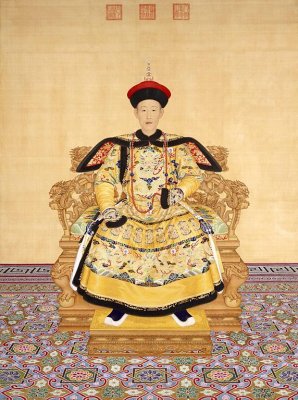Qing Dynasty Government
 China’s Qing Dynasty, also referred to as the Manchu Dynasty, lasted from 1644 to 1912 and its government was complex. Inspired by the Ming Dynasty, which had immediately preceded it, the Qing emperors embraced a labyrinthine bureaucracy.
China’s Qing Dynasty, also referred to as the Manchu Dynasty, lasted from 1644 to 1912 and its government was complex. Inspired by the Ming Dynasty, which had immediately preceded it, the Qing emperors embraced a labyrinthine bureaucracy.
Dividing the Ranks
Men who wished to serve in this bureaucracy were required to take examinations for either civilian or military postings. In turn, these positions were then subdivided into nine ranks and then further subdivided into category “A” or category “B.” Posts could be as varied as a secretary within the Forbidden City to a tax collector or police commissioner.
In the military, a man could attain several ranks, including serving as an Imperial bodyguard. Han Chinese, Manchus, and some Mongols could serve in this bureaucracy. There was a type of quota system that split the positions between the Han and the Manchu.
Head of the Government
The Qing system was headed by the emperor. There were six ministries, each of which had two presidents and four vice presidents. These ministries were run by an Inner and Outer Court, whose power flowed from the Forbidden City.
The government’s Outer Court handled everyday matters and was situated in the southern end of the city, while the more important matters of state were handled in the northern end of the city by the Grand Council, though the Grand Council did not come into existence until the early 18th century.
Divisions into Boards
The six ministries were then divided into boards. One board dealt with civil appointments and the honors list, another with finance, and another with rites, which oversaw the protocol of the court and the worship of ancestors and various deities.
There was also the war board and a board that handled the legal infrastructure. There was a board that handled construction projects such as new temples, palaces, and other infrastructure. It also controlled the mint.
Finally, there was a bureaucracy set up to administer the territories in Tibet and Mongolia. Positions in this bureaucracy were at first divided between ethnic minorities. Eventually, however, positions were available to Han Chinese subjects as well.
